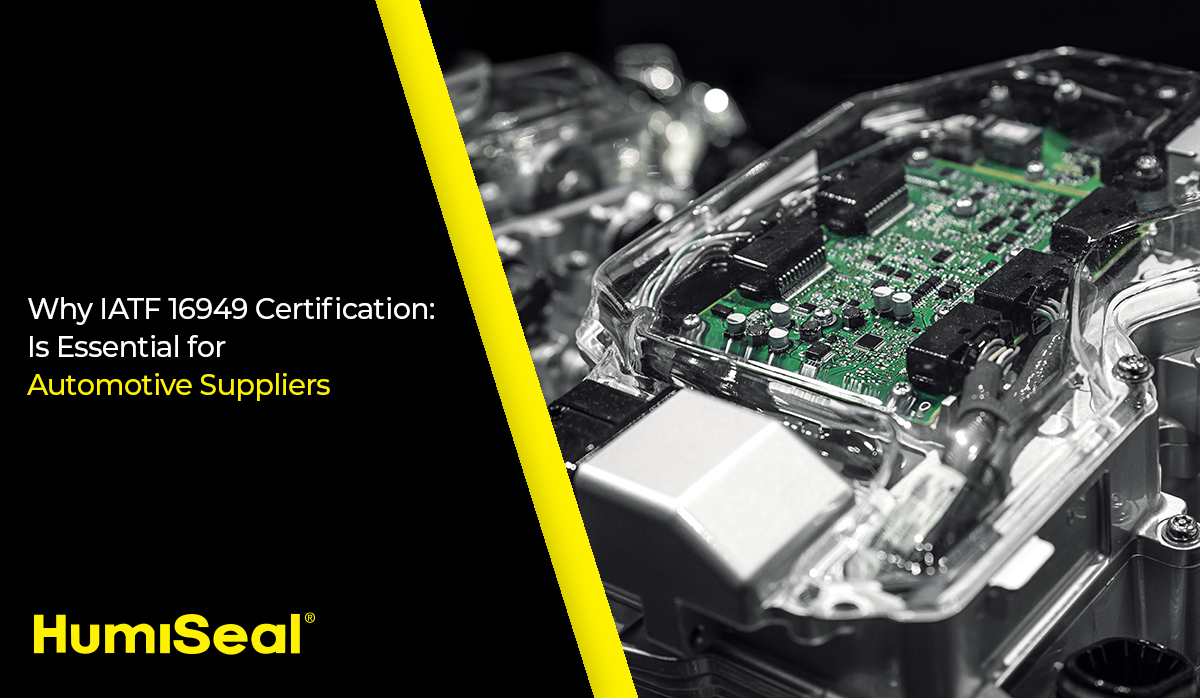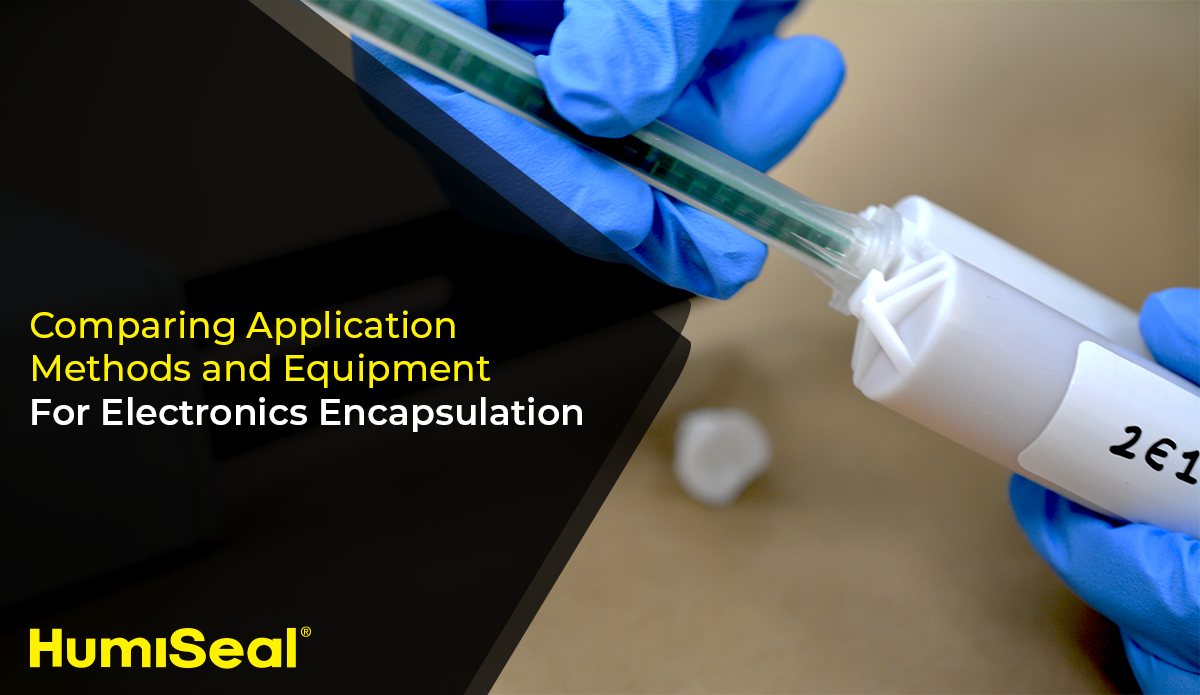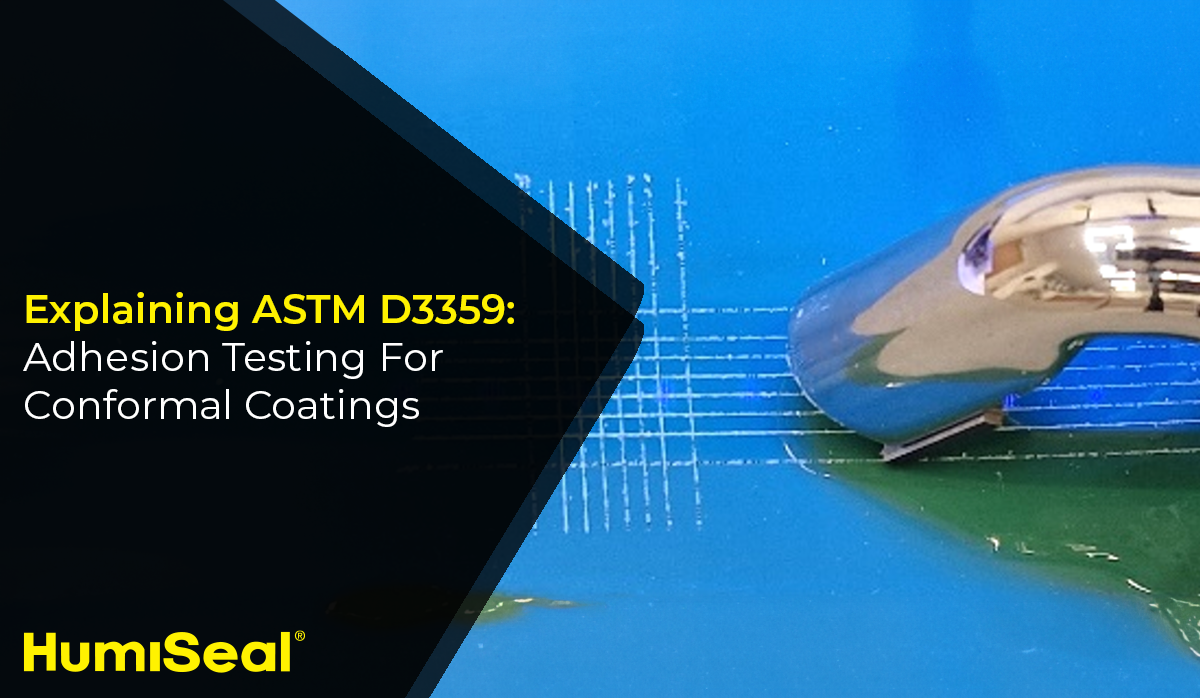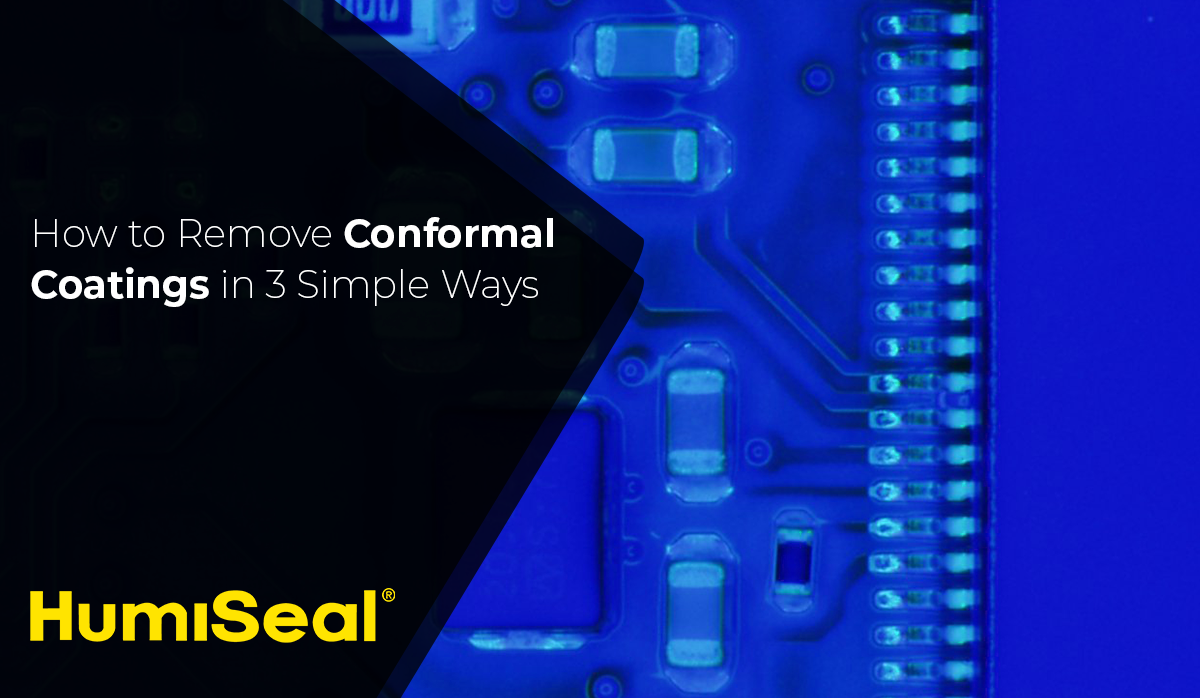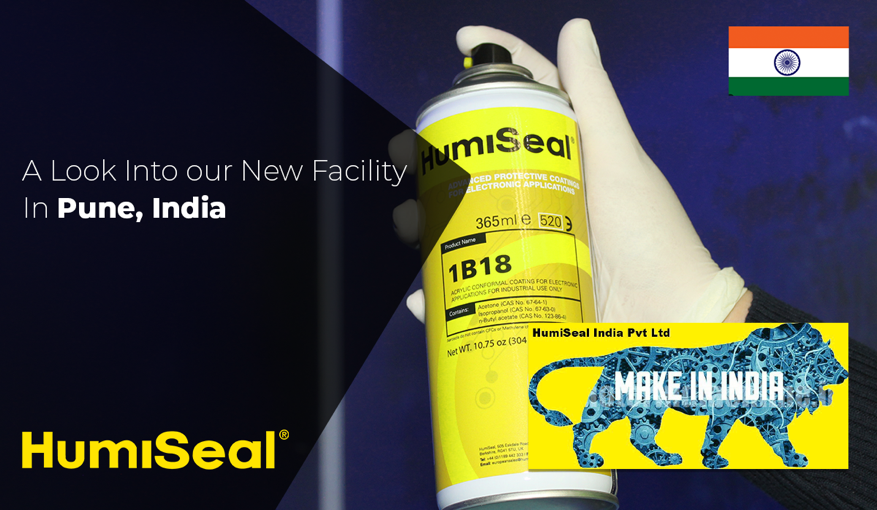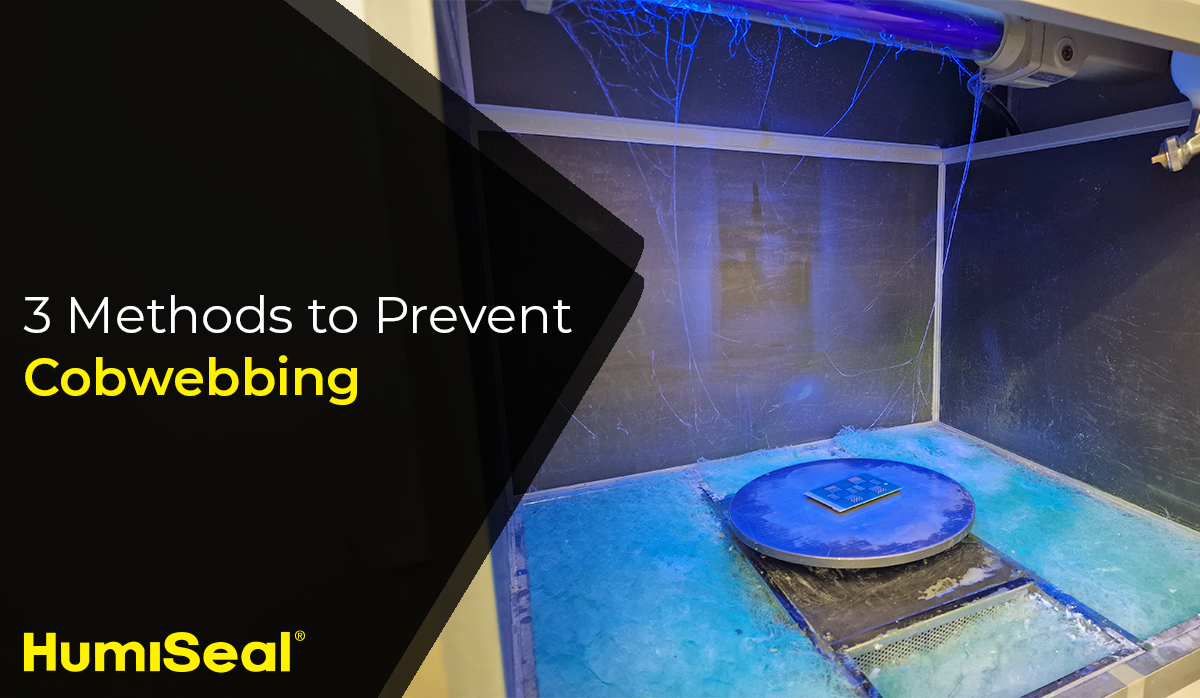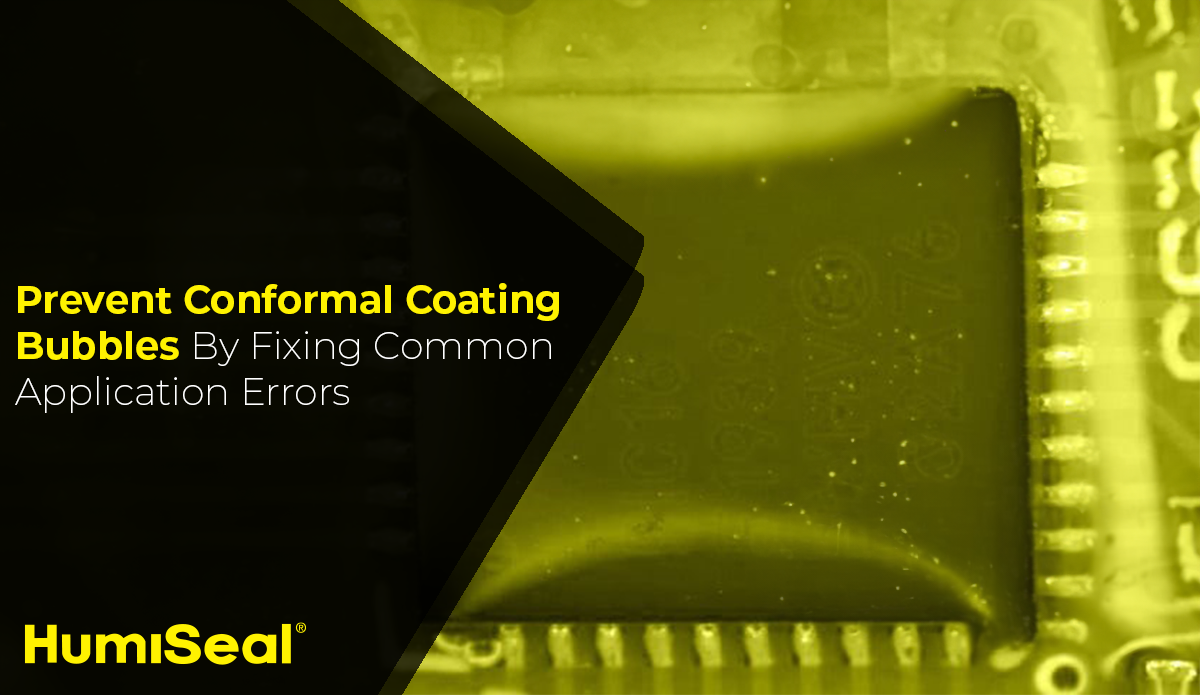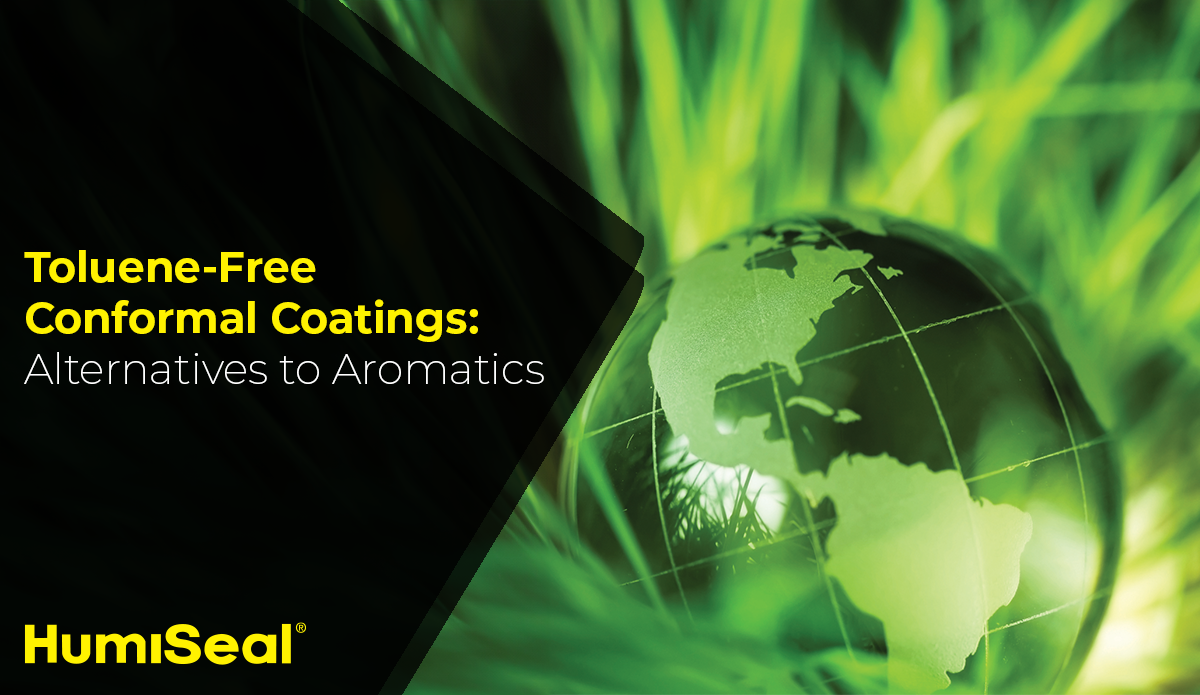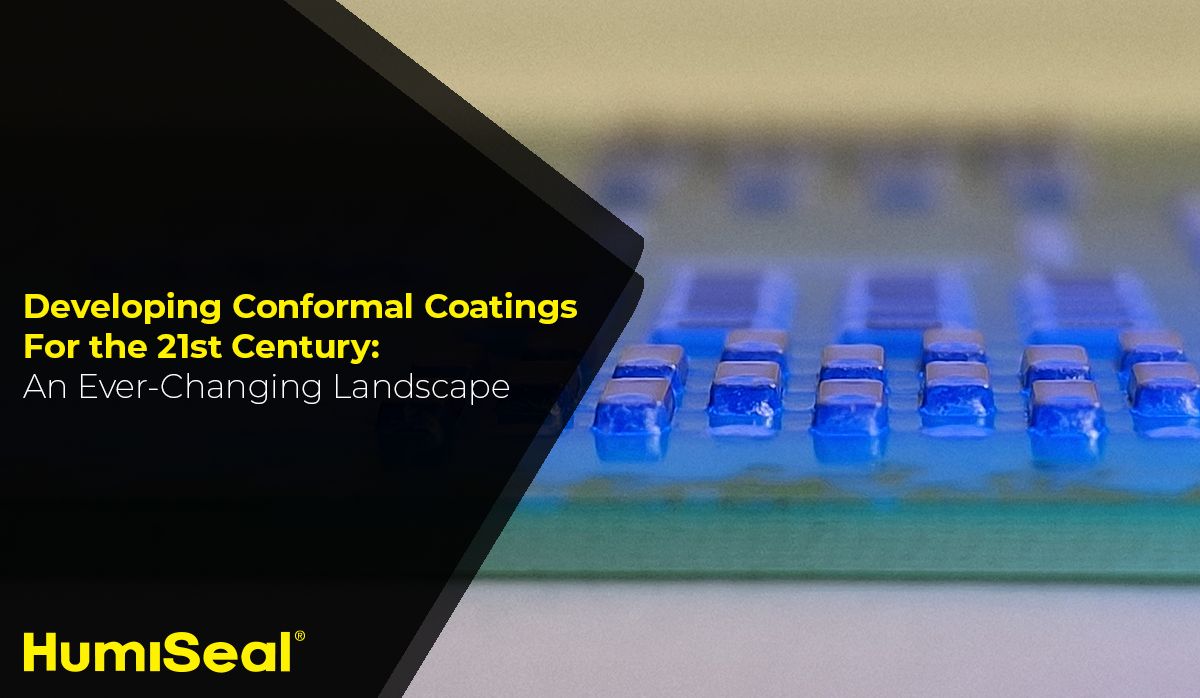Consider the following two questions:
- Is your company a supplier of electronics or PCBs to the automotive industry?
- Are you or your team responsible for assuring a steady supply of quality products such as conformal coatings and encapsulants?
If so, we would respectfully ask you to consider adding IATF 16949 certification to your list of requirements for your key suppliers.
Many coatings suppliers continue to focus on minimizing costs and maximizing profits. As a result, most have not taken the time or expense to get themselves IATF certified. In our conversations with major OEMs, we can assure you that the IATF certification of your suppliers can be of great value and help you sleep better at night.
Related Article: Understanding IPC-CC-830B Qualification Standards

